In the fast-paced world of digital advertising, Return on Ad Spend (ROAS) stands as one of the most vital metrics for determining the success of any campaign. Essentially, ROAS reflects the revenue generated from every dollar spent on ads, offering a clear picture of how well your campaigns are performing in financial terms. However, what happens when your ROAS is lower than expected? A poor ROAS can be incredibly frustrating, especially when you’ve invested a significant amount of time, energy, and resources into creating and managing your campaigns.
At AdScale, we’ve observed this situation unfold time and time again, and we understand the anxiety it can cause. But here’s the good news: a low ROAS doesn’t mean the end of the road for your advertising efforts. More often than not, poor ad performance stems from fixable issues, and with the right strategies in place, you can turn things around. Our goal is to help you diagnose the root causes of low ROAS and offer actionable insights to enhance your campaign performance. Let’s dive into what could be causing your ROAS to plummet and how you can fix it.
What Causes Low ROAS?
There are several factors that could be contributing to a low ROAS, and identifying these is the first critical step in improving your ad performance. Below are some common causes of low ROAS that we frequently encounter.
1. Targeting the Wrong Audience
Even the most compelling and well-designed ads can underperform if they’re being shown to the wrong audience. Poor audience targeting can lead to an increase in ad spend with little or no return. The key issue here is relevance—if your ads aren’t being displayed to people who are likely to be interested in your product or service, they are far less likely to convert, leading to a lower ROAS. Whether you’re using demographic data or interest-based targeting, aligning your audience with your product or service offering is essential.
2. Ineffective Ad Creative
Your ad creative is often the first interaction potential customers have with your brand, so it needs to be memorable and engaging. If your ads fail to grab attention, convey a clear message, or drive action, they will likely result in poor performance. Weak calls to action, irrelevant or confusing visuals, and unclear messaging can all contribute to a lower ROAS. Remember, even minor misalignments between your creative and your target audience can negatively impact performance.
3. Poor Landing Page Experience
Driving traffic to your website through your ads is only half the battle. If your landing page doesn’t provide a smooth, user-friendly experience, or if it’s disconnected from the messaging in the ad, users are likely to bounce. This not only leads to wasted ad spend but also diminishes your potential to convert those visitors into paying customers. To improve your ROAS, ensure that your landing page is optimized for conversions with clear messaging, fast load times, and an easy-to-navigate layout.
4. Insufficient Budget Allocation
Sometimes, the issue is not with the ad itself but with how your advertising budget is being distributed. Spending too little on a campaign may prevent your ads from reaching enough of your target audience, limiting their effectiveness. On the other hand, spreading your budget too thin across multiple campaigns can dilute their impact. It’s crucial to strike the right balance and allocate your budget where it can generate the most significant return, maximizing your ROAS in the process.
5. Overlooked Data and Insights
In the data-driven landscape of modern advertising, failing to regularly review and adjust your campaigns based on performance metrics can be a costly mistake. Ignoring the wealth of insights provided by your ad data means missing out on opportunities to optimize and enhance your campaigns. Regularly analyzing key performance indicators (KPIs) like click-through rate (CTR), conversion rate, and cost per acquisition (CPA) is essential for identifying areas where adjustments are needed. Without this level of insight, you’re essentially flying blind, making it harder to improve your ROAS.
How to Improve Your ROAS
Now that we’ve identified some of the common reasons behind low ROAS, let’s explore actionable steps to fix these issues and improve your ad performance.
1. Refine Your Audience Targeting
One of the most effective ways to improve ROAS is by refining your audience targeting. Leverage AI-driven tools like AdScale to fine-tune your target audience. By utilizing lookalike audiences, retargeting past visitors, and incorporating detailed demographic and interest-based data, you can ensure that your ads are being shown to the people most likely to convert. The more precisely you can define and reach your target audience, the higher your chances of improving ROAS.
2. Enhance Your Ad Creative
Creative quality plays a huge role in the effectiveness of your ads. Invest time and resources in developing high-quality ad creatives that resonate with your target audience. It’s crucial to test different ad formats, visuals, and copy to identify which combinations drive the best results. Split testing (also known as A/B testing) allows you to experiment with different versions of your ads, enabling you to identify the most compelling elements. Remember, your ad creative should not only capture attention but also clearly communicate the value of your product or service in a way that entices potential customers to take action.
3. Optimize Your Landing Pages
As we mentioned earlier, your landing page is where conversions happen, so optimizing it is crucial. A landing page that aligns with your ad’s message can make the difference between a visitor bouncing and a visitor converting into a customer. Ensure that your landing page offers a seamless continuation of the journey initiated by your ad. For example, if your ad promotes a discount, make sure the landing page prominently displays that discount. Consider A/B testing different elements on your landing page, such as headlines, imagery, and call-to-action buttons, to determine what yields the best results.
4. Smart Budgeting
Effective budget allocation is key to maximizing ROAS. Evaluate how you’re distributing your ad spend across campaigns and focus your budget on the highest-performing ads. Using automated budget optimization tools can help you allocate funds efficiently, ensuring that you get the most out of your ad spend. For example, if a particular campaign is consistently underperforming, consider pausing it and reallocating the budget to campaigns with a proven track record of delivering better results.
5. Leverage Data Analytics
Regularly reviewing and analyzing your campaign data is essential for identifying performance issues and areas for improvement. Tools like AdScale offer advanced analytics that can provide you with a deeper understanding of which elements of your campaigns are underperforming. By tracking metrics such as ROAS, CTR, and CPA, you can make data-backed decisions to optimize your campaigns. Furthermore, using predictive analytics can help you forecast future performance and make proactive adjustments to ensure continued success.
Conclusion
A low ROAS can feel like a major setback, but it doesn’t have to signal the end of your advertising efforts. By understanding the root causes of poor ad performance and implementing targeted improvements, you can significantly boost your ROAS and get more value from your advertising budget. At AdScale, our AI-powered solutions are designed to optimize every aspect of your campaigns, from audience targeting to budget allocation, ensuring that your ads deliver the results you deserve.
Let’s work together to elevate your ad performance and achieve the success you’re aiming for. If you’re ready to improve your ROAS and see real results, contact us today to learn how we can help.
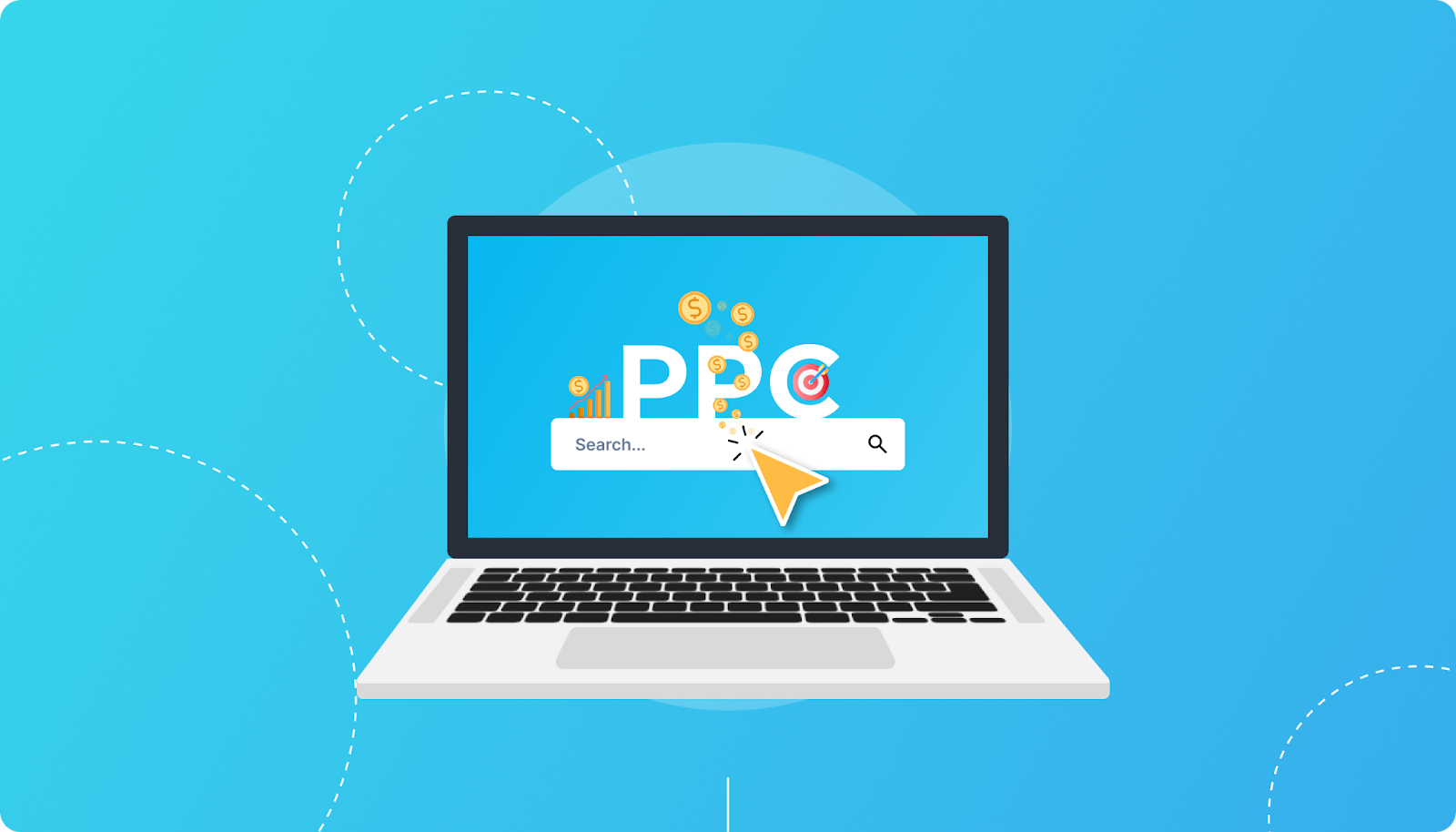
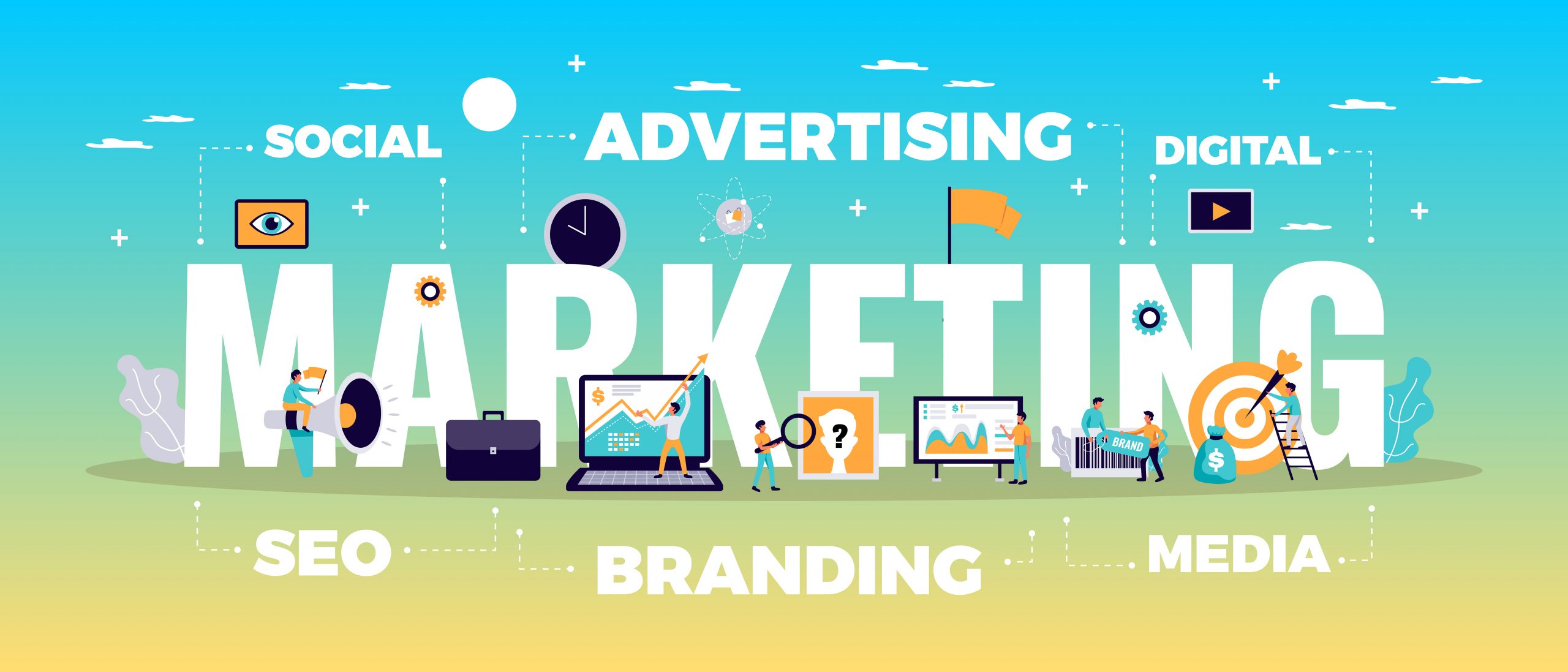





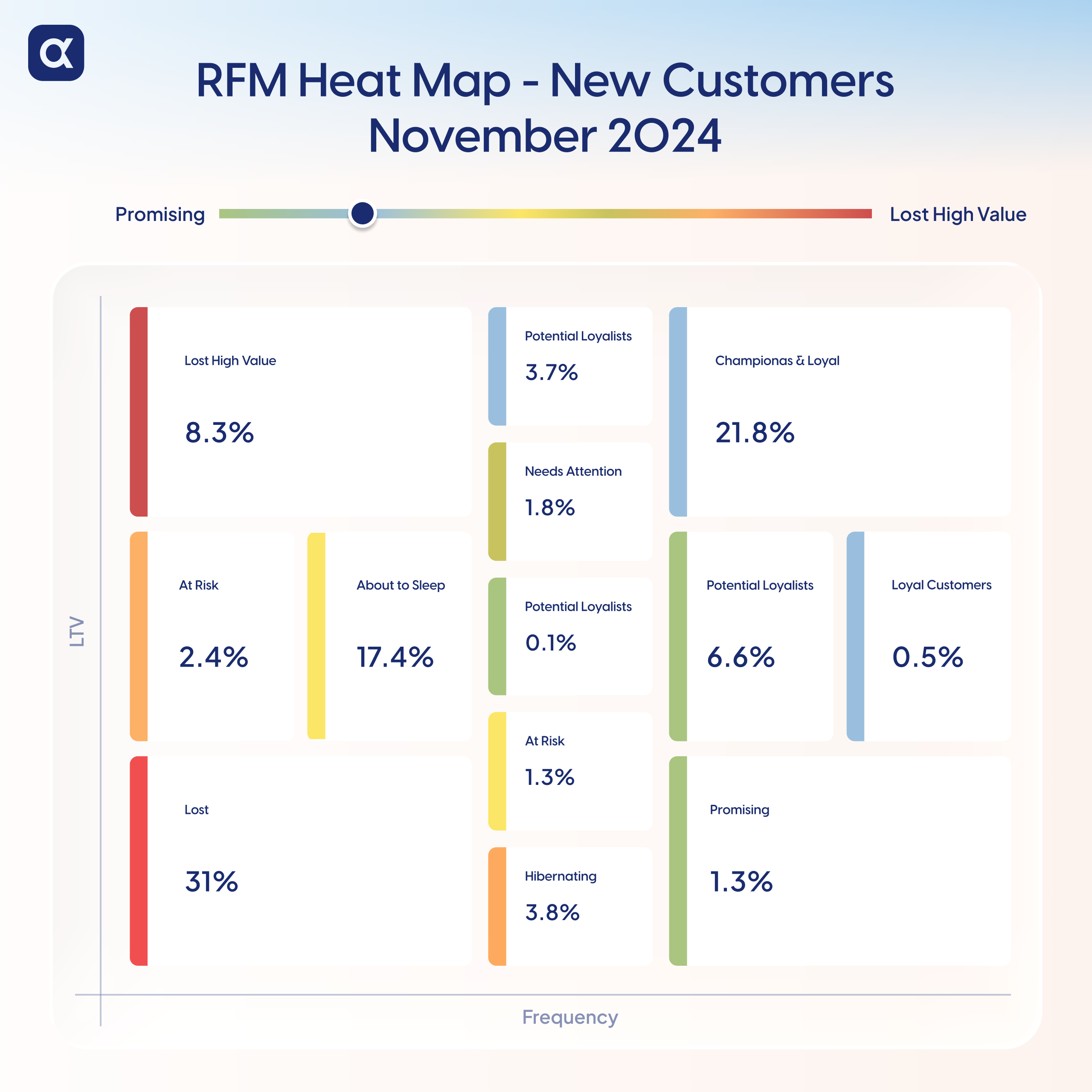




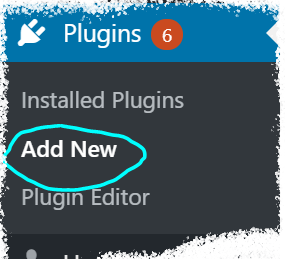
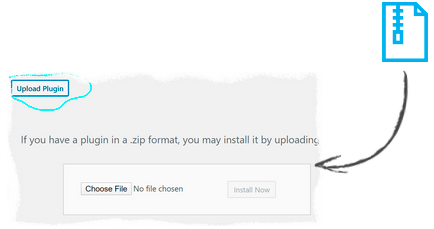

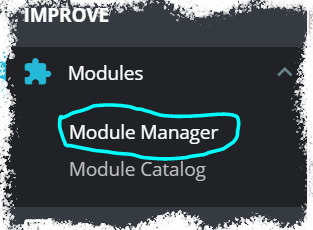

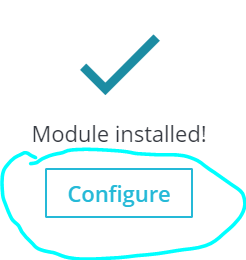



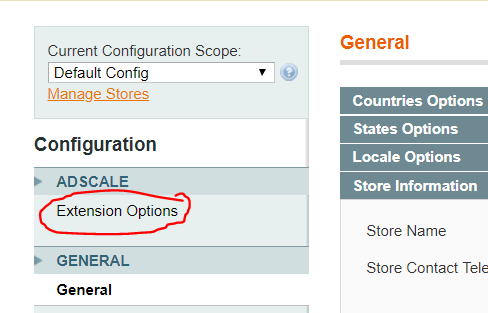

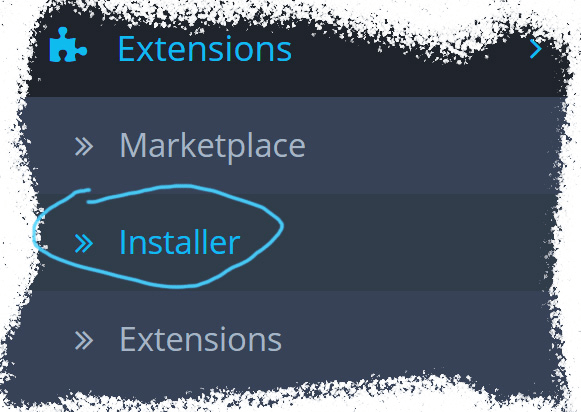

 ,
,